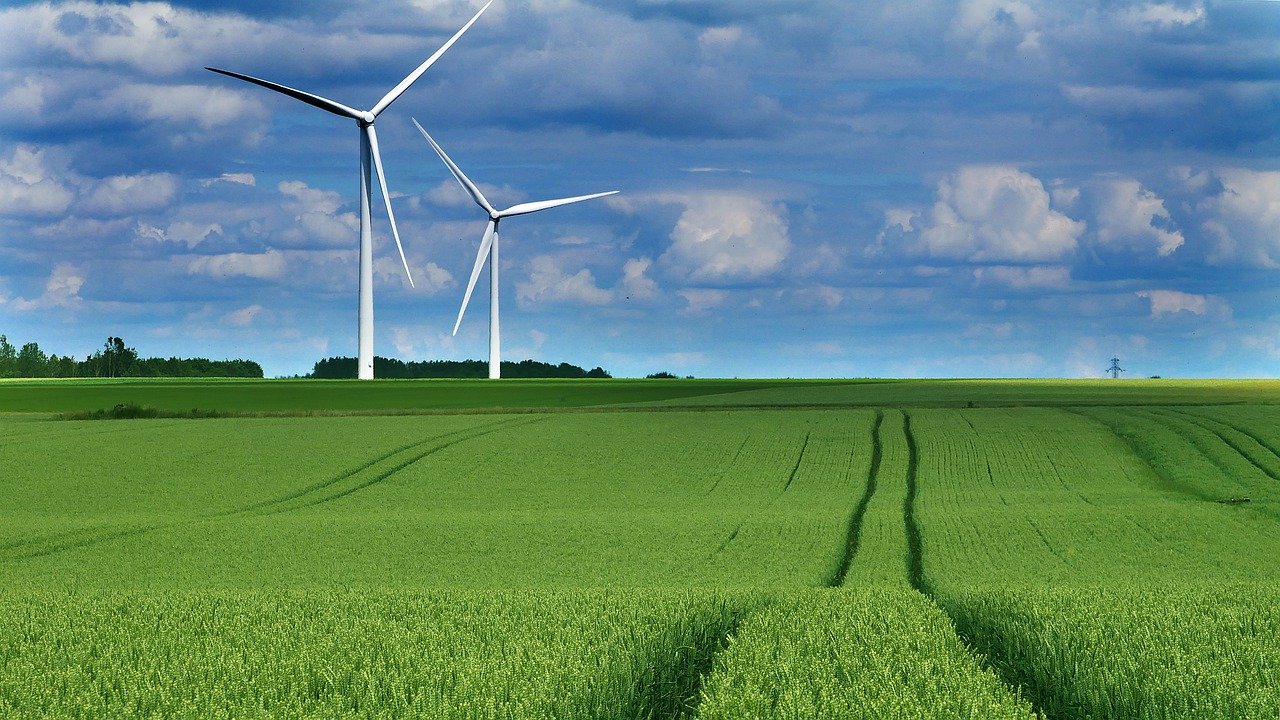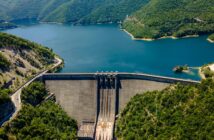Green energy development: problems of working with green bonds in Russia
As more and more countries join the zero-emissions initiative, the development of green energy is being stimulated. And this is not only reflected in the emergence of new power plants and increased production of solar panels, the financial market is also joining the general trends. For example, over the past five years, the amount of green bonds issued has grown 20-fold, totaling $257 billion. It is projected to exceed $400 billion in the near future. If the capacity of this securities market was at $2,6 billion in 2012, then in 2020 it already was $800 billion.
Green bonds are used to raise funds for environmental projects. Most often this involves the development of the renewable energy segment, improving energy efficiency, or improving zero-emission transportation technologies.
Green bonds have a fixed yield, and their use is controlled by GBP standards, which are voluntary. These rules allow issuers to disclose information about the intended issuance of securities. This information makes it possible to assess how profitable an investment in a particular project is.
In April 2020, New Development Bank introduced a three-year coronavirus bond. The papers were listed on the Chinese stock exchange and denominated in yuan. In the bidding process, the bank received 5 billion yuan for the bonds, which were used to finance the health system in a number of provinces in China, which were most affected by the pandemic. The Russian market is just discovering the green bond segment. In 2017, the government approved a number of bills related to this area. A year later, the President of the Russian Federation announced the implementation of the environmental security strategy, which was the impetus for the use of green bonds. In 2019, for the first time in Russia these securities were issued, especially for them the Moscow Stock Exchange created a new sector characterizing sustainable development. A year later, the platform updated the standards and requirements for working with bonds.
The Russian market is just discovering the green bond segment. In 2017, the government approved a number of bills related to this area. A year later, the President of the Russian Federation announced the implementation of the environmental security strategy, which was the impetus for the use of green bonds. In 2019, for the first time in Russia these securities were issued, especially for them the Moscow Stock Exchange created a new sector characterizing sustainable development. A year later, the platform updated the standards and requirements for working with bonds.
However, the Russian market does not yet have a clear idea of what a green economy is and what projects and areas it may include. The problem is also the lack of a clear definition of which initiatives and programs belong to this segment. As a result, it is difficult to control what exactly the proceeds from the bonds go for – really green projects or areas that only appear to be green.
In the near future, the Russian government plans to revise the rules that apply to this type of bond. One of the main points will be mandatory reporting on the implementation of green projects.




